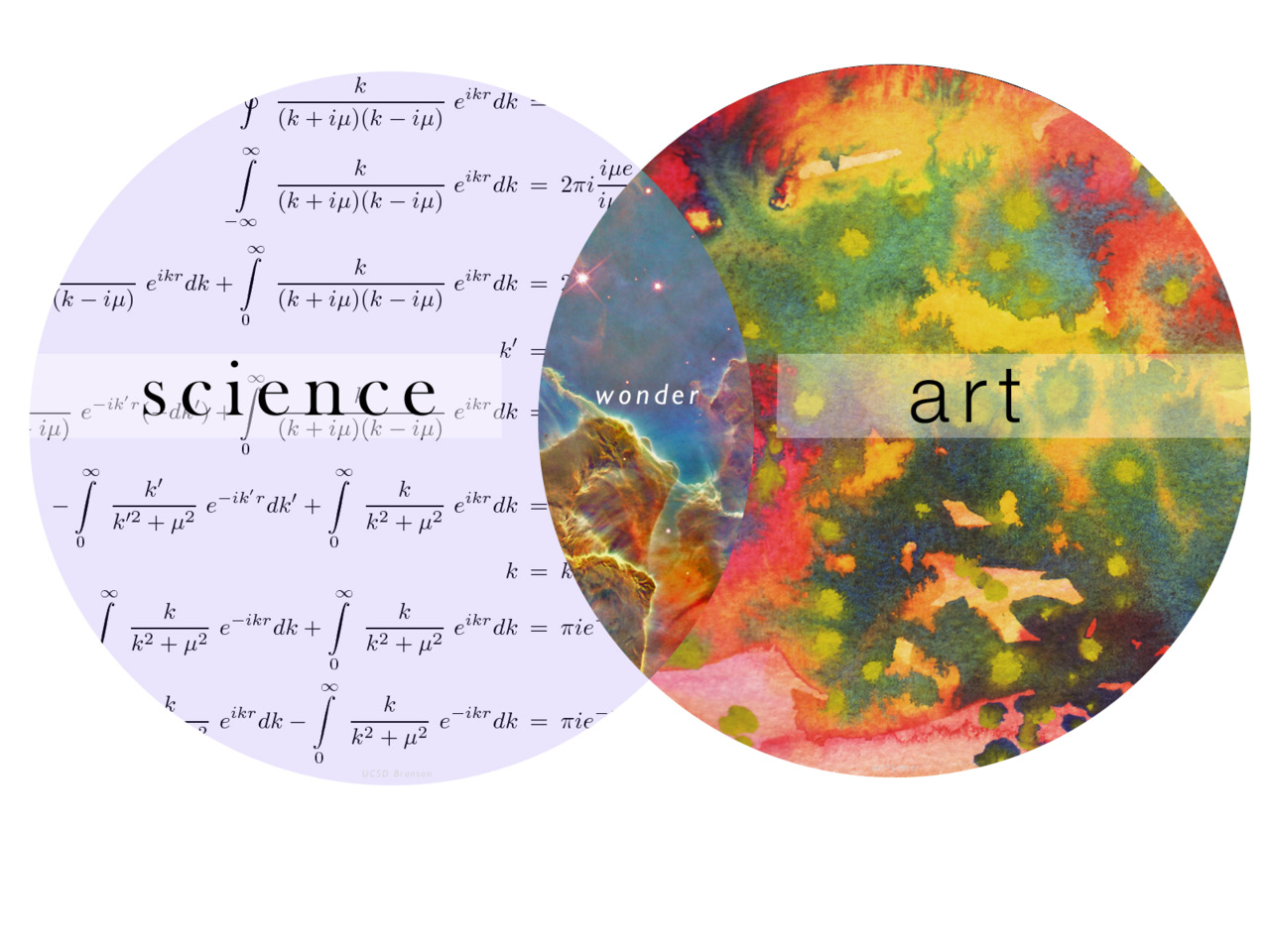As an aspiring mathematics teacher for 9th grade high school algebra, I have some technology tools in mind to use to help me teach and to help my students learn. Blogging, YouTube videos, SMARTboard presentations, and Google searching would be my tech tools of choice. Tablets would be only a perk since I know people do not have them and can be quite expensive, especially for a nice one. I will also of course have the traditional pen/pencil and paper learning for my class, math is hard to grasp without it.
I will blog over the weekend, to give students an idea of what to prepare for over the week. I will make my blogs informative and motivating, filling it with useful tips and ideas from myself, my own students(past and present), and other people from around the world. This will be done in video format, in quotes, or in some other way to get the idea across in a meaningful manner. I will also make sure my students are reading my blog by posting one week a month that we will be having a pop-quiz on a certain day in the beginning of class and for everyone to prepare for it. Those who complain will be the ones I know who do not read what I blog, and I will inform them again the advantages of reading it.
On my blog would be YouTube videos, helpful and insightful. They would be of me, my students, and some helpful TEDtalks videos. I will encourage my students to think of creative math ideas or post about my class and submit the videos to me and I will put them up on my blog after reviewing them. I will also encourage students to use Google searches for YouTube ideas to give me so I can put them up on my blog. My own videos will be sort of a review for the week, giving students a refresher of the week what we have went over and giving students who were out sick an idea of what we have learned throughout the week.
SMARTboard presentations are a must have in almost every education setting. They are useful by bringing the student up to the board and having the board interact with the student in positive ways. I can have students doing math problems up on the board and can go onto the next page of problems. I will have fun contests between students to bring out the best in themselves. SMARTboards will also make my teaching life easier, easy-to-use tools make it that way, and with access to the internet, if I do not know how to explain something efficiently, I can find out with ease. No chalky mess and no marker streaks that are impossible to get rid of, SMARTboards are clean to use too. Overall, technology in the class will improve the ease and fun of the class.
In my first blog post of the semester, I talked about what my ideal school would be like. I talked about the school system as a whole, talking about having specialized schools to cater to students with great potential in certain subjects. I stick by that general idea, but there are some changes I have thought of after taking EDM310. Blogging, YouTube videos, and SMARTboards should be done by teachers. It would be foolish to not incorporate those tools into the 21st century classroom.
We live in a world where being as transparent as possible is a wonderful thing, why can't teachers be the same way? Blogging and YouTube videos with the teacher may require some extra work, but the reward from students' appreciation is more than enough satisfaction to do more and more. Proper use of SMARTboards would be just about required for every classroom. I have seen the advantages of the tech and it can do everything a regular blackboard can do but then so much more, it doesn't change blackboard learning, it enhances it. Teaching in the 21st century has changed away from the traditional way of teaching only by a little bit, but in time it that change will become greater. It is up to teachers and aspiring teachers to make sure we don't fall short in that change from traditional learning to 21st century learning.
PART 2 Video:




_0.png)









